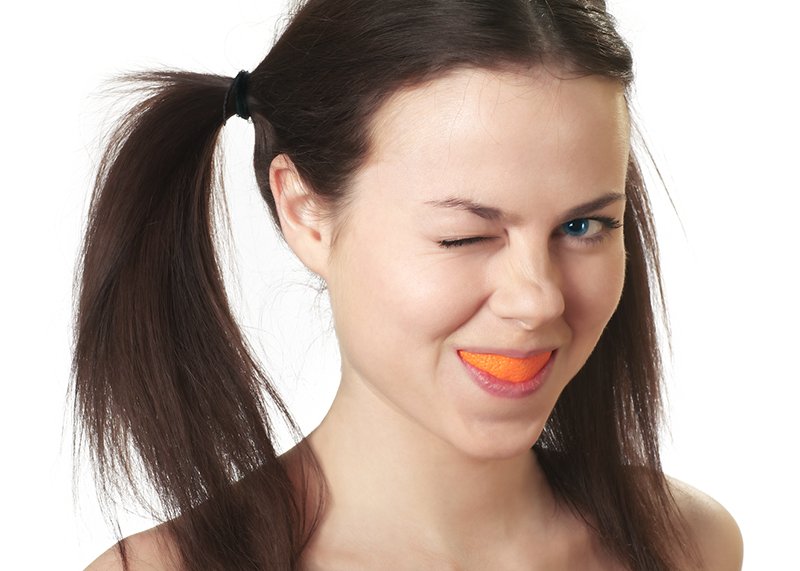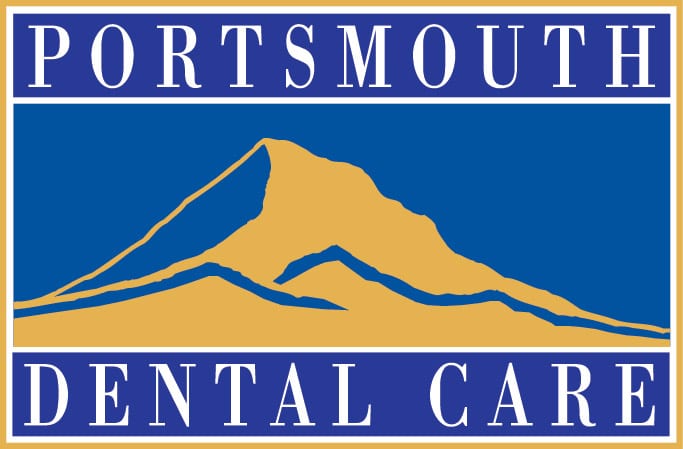
While tooth stains don’t come in all the colors of the rainbow, they come in a few, and they each may mean something different about the condition of your smile and what you can do about it. Here’s your color guide to tooth discoloration.
Yellow Stains
The most common cause of yellow teeth are drinking dark beverages such as tea, coffee, or wine. Of course, smoking or chewing tobacco also causes teeth to yellow.
Yellow teeth may also just be dirty. The plaque that builds up on teeth as the result of poor dental hygiene often has a yellowish color. Cleaning your teeth properly by brushing, flossing and seeing the hygienist can remove this plaque, but if you leave it there long-term, it can become a permanent, darker stain.
Just like eyes, hair, and skin, teeth come in many different colors. That is to say, sometimes the color of your teeth has more to do with genetics than your habits or health. If you’re from a family with naturally yellower or darker teeth, it will be harder to achieve perfectly white teeth, no matter how diligent you are about your diet or how often you get whitening treatments.
Yellow teeth can also be caused by aging. Your teeth have two layers: a hard outer layer called enamel that looks white, and a softer inner layer called dentin that’s more yellow. As your teeth age, your enamel gets thinner, and because it’s semi-transparent, the dentin underneath starts to show, making your teeth look yellow.
Brown Stains
Brown teeth are often just a more advanced version of yellow stains, especially for smokers. If you smoke or chew tobacco throughout your life, expect your teeth to go from yellow to brown to dark brown. Brown stains can also occur when plaque left behind from inefficient cleaning gets stained by the foods and drinks you consume.
If you see brown spots on your teeth, you may have tooth decay. Cavities (called caries by dentists) often appear as white spots when they’re new but can become brown or black as the decay advances. You should always notify your dentist if you have a brown spot on your teeth.
White Stains
White stains or spots can be a sign of too much fluoride. Fluoride is case in dentistry where too much of a good thing can be a bad thing. While fluoride in general strengthens your teeth, too much of it can cause discoloration in the form of white spots or streaks.
Bluish Gray Stains
Some types of antibiotics, specifically those called tetracyclines, can cause teeth to change color. Usually the color is yellow or brown, but sometimes it can be a grayish or gray-blue tinge. Unfortunately, there isn’t much to be done about tetracycline staining, because it occurs inside the tooth, not on the surface where teeth whitening solutions work.
The good news is that most types of stains can be prevented with regular professional dental hygiene cleanings and treated with both at-home or in-office teeth whitening systems (the latter being faster and more effective).
Appointments Before & After Work or School & on Saturdays & Sundays!
Request Online or Call Today!
Related Posts
Counterproductive Brushing Habits & Fixes
If you brush your teeth at least twice a day, you’re doing great. Regular brushing is the key to preventing tooth pain & expensive procedures.
Solutions for Slowing Sensitivity in Teeth
As our teeth are exposed to more & more foods that wear away enamel, our teeth can become sensitive to things like hot & cold food & drink.
Teaching Your Child Good Dental Habits
Good dental habits like brushing your teeth are important for your oral & overall health, but to kids, they can feel like a chore. Even though baby teeth will fall out eventually, it’s important to keep them healthy because they are guides & space holders for permanent teeth. Here are some tips for teaching your kids good dental hygiene habits to solidify their oral health for a lifetime.



